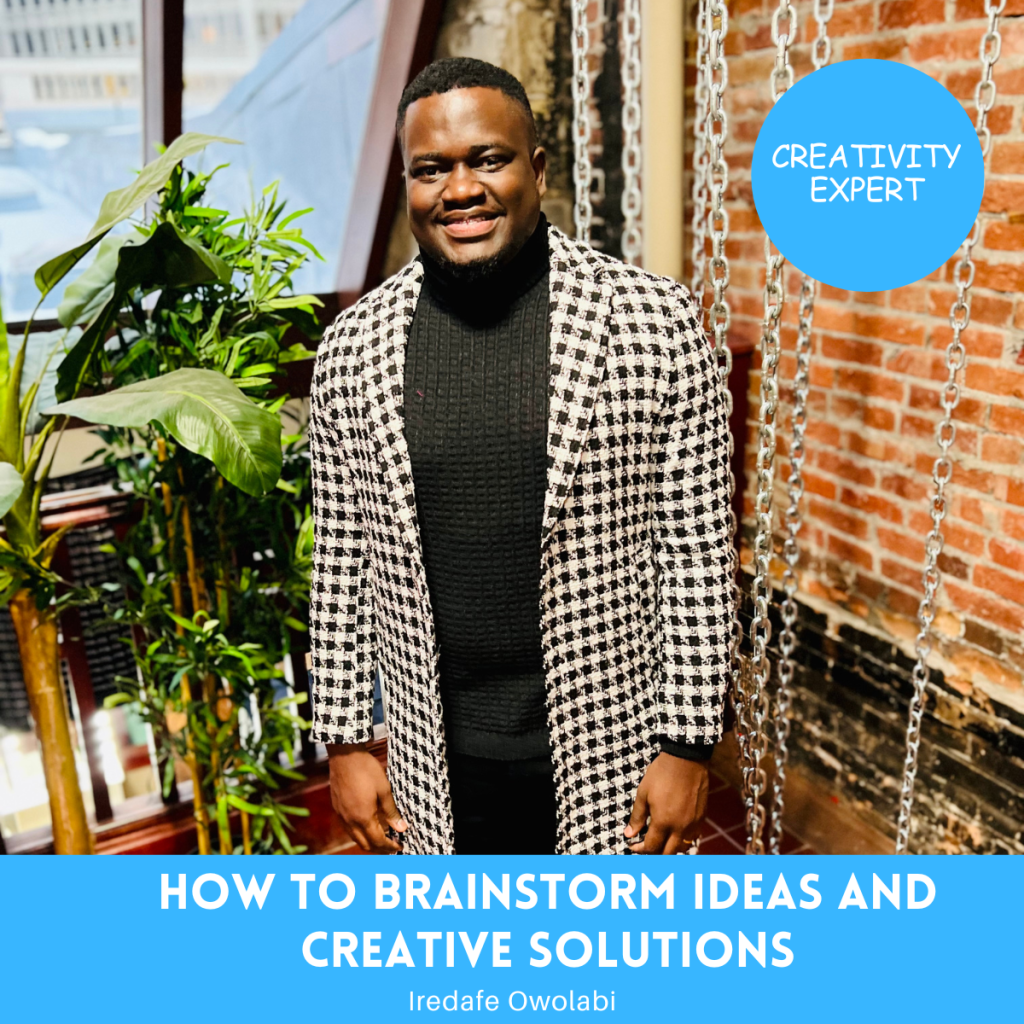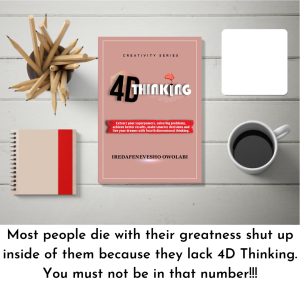How to Brainstorm Ideas and Creative Solutions

In today’s fast-paced and innovative world, the ability to generate fresh ideas and find creative solutions is more valuable than ever. Therefore, knowing how to brainstorm ideas and creative solutions is a valuable skill to hone.
Whether you’re working on a project, tackling a problem, or simply seeking inspiration, mastering the art of brainstorming can unlock a world of possibilities.
Click to jump ahead
ToggleWhat is Brainstorming?
Brainstorming is a remarkable process that taps into the creative potential of the human mind. Similar to troubleshooting in computer systems, brainstorming allows individuals to explore problems, generate ideas, and find innovative solutions.
In this article, we will delve into the concept of brainstorming, its application in group settings through mastermind groups, and its profound impact on historical figures and organizations. By understanding and harnessing the power of brainstorming, you can unlock your own creative genius and foster a culture of innovation.
The Power of Brainstorming:
When faced with a challenge, you have the ability to troubleshoot your brain and tap into its immense capacity. The human brain, often compared to a powerful computer, stores an incredible amount of information that can be accessed and utilized through the process of brainstorming.
That means there is so much information stored in your brain that may not be readily available at your disposal per time until you engage in brainstorming. When you engage in this exercise with a problem at hand, you would begin to see ingenuity in the way your brain would create innovative solutions by connecting and combining data that had previously been stored in it. When the brain connects and combines stored data in your memory, it leads to the generation of innovative solutions.
Mastermind Groups:
Brainstorming principles can also be applied in a group setting, commonly known as a mastermind group. This can be used in brainstorming ideas for projects in a group or team .
This creative technique involves a group of individuals coming together to stimulate idea generation while suspending criticism or judgment. Mastermind groups provide an environment for collaborative brainstorming, fostering creativity and accountability to transform ideas into action.
Napoleon Hill, in his book “The Law of Success,” defined a mastermind group as a coordinated effort between individuals with a shared purpose, emphasizing the power of collective thinking.
The Impact of Brainstorming:
Throughout history, many influential figures and successful organizations have harnessed the power of brainstorming to achieve remarkable results.
Andrew Carnegie, the renowned industrialist, attributed his success to his engagement in mastermind groups. His collaboration with approximately 50 individuals fueled innovative thinking and led to significant achievements in the steel industry.
Similarly, Franklin D. Roosevelt formed a brain trust group of experts who brainstormed solutions for various problems, aiding the United States in overcoming the Great Depression and navigating through World War II.
Creating a Culture of Innovation:
Whether you want to figure out how to brainstorm product ideas, or generate more revenue for you business, it is always good to go back to the culture in your organisation.
Building a culture of innovation within an organization involves regular brainstorming sessions and encouraging intrapreneurship. By facilitating brainstorming opportunities for different groups and departments, organizations allow the free exchange of ideas and experiences.
This fosters a spirit of intrapreneurship, empowering employees to contribute their creative capacities to problem-solving. Intrapreneurship refers to the practice of entrepreneurial behavior and mindset within an established organization or company.
It involves employees taking initiative, thinking creatively, and acting like entrepreneurs within their roles, departments, or teams. Micromanagement and stifling of employee creativity should be avoided, as they hinder the development of innovative ideas and prevent talented individuals from flourishing.
Check out Fourth Dimensional Thinking for more insight into thinking creatively.

Additional Resource:
1. 5 Ways To Build Creative Confidence and Overcome Doubt
2. The 2 Basic Differences Between Creativity and Innovation
How to Brainstorm Effectively
Let us now explore effective techniques and strategies to help you enhance your brainstorming sessions and foster a more creative mindset. So, let’s dive in and learn how to unleash your creative potential!
Here are some strategies, techniques for more effective brainstorming, and brainstorming ideas for students, entrepreneurs, artists, musicians and all creatives:
Create a Conducive Environment
Setting the right environment is crucial for effective brainstorming. Find a quiet space free from distractions where you can focus and let your mind wander.
Consider incorporating elements that inspire you, such as colorful artwork, stimulating music, or natural lighting. Encourage open communication and create a judgment-free zone where all ideas are welcome.
Define the Problem or Goal
This should be used even when brainstorming activities for employees who work in an organisation. Clearly defining the problem or goal is essential before starting any brainstorming session.
Formulate a concise statement that outlines what you’re trying to achieve. By establishing a clear direction, you provide a framework for your creative thinking and ensure that all ideas generated are relevant and focused.
Check out this article for more on problem-solving.
Cultivate Divergent Thinking
Divergent thinking is the ability to generate multiple ideas and solutions, without evaluating or criticizing them immediately. During brainstorming, quantity often precedes quality.
Encourage wild ideas, unconventional approaches, and the exploration of different perspectives. Remember, even seemingly outlandish concepts can lead to breakthroughs and innovative solutions.
For more insights on Divergent Thinking, read: How Divergent Thinking Can Quickly Boost Your Creativity – 5 Ways.
Mind Mapping
Mind mapping is a powerful technique for visually organizing ideas and connections. Start with a central concept or problem and branch out into subtopics or related ideas.
By visually mapping your thoughts, you can uncover new associations, identify patterns, and trigger further insights. Use colors, symbols, and images to stimulate your creativity and engage both hemispheres of the brain.
Also check out the concept of mindstorming here: 6 Easy Steps to Solve Problems with Mindstorming.
Collaborative Brainstorming
Team brainstorming sessions and group brainstorming activities can be incredibly valuable. Collaborating with others brings diverse viewpoints, experiences, and expertise to the table.
Encourage active participation, respect different opinions, and create a safe space for sharing ideas. Consider using brainstorming techniques like round-robin or brainwriting to ensure everyone gets a chance to contribute.
Take Breaks and Embrace Incubation
Sometimes, stepping away from a problem can lead to a breakthrough. When you find yourself stuck or in need of fresh inspiration, take a break.
Engage in activities that relax your mind and allow your subconscious to process information in the background. Often, moments of insight arise when you least expect them, so be open to unexpected connections.
Combine, Modify, and Refine Ideas
After generating a plethora of ideas, it’s time to evaluate and refine them.
Look for connections between different ideas and explore how they can complement each other. Build upon the most promising concepts, modify them, and consider various perspectives.
Encourage constructive criticism and feedback from others to enhance and iterate on your ideas.
Prototype and Test
Transforming ideas into tangible prototypes or experiments is a crucial step in the creative process. By creating prototypes, you can test and validate your ideas in a practical context. Develop a mindset of continuous improvement, iterate on your prototypes, and gather feedback to refine your solutions further.
Conclusion: How to Brainstorm Ideas
Brainstorming is a powerful tool that taps into the immense creative potential of the human mind. By troubleshooting the brain, individuals can generate innovative solutions and overcome challenges. Mastermind groups further enhance the brainstorming process by leveraging the collective wisdom and creativity of a group.
By embracing brainstorming techniques and fostering a culture of innovation, individuals and organizations can unlock their creative genius and achieve extraordinary results. So, take the initiative to engage in brainstorming sessions, unleash your creativity, and let your ideas soar to new heights.
If you found this article inspiring and enlightening, do well to check out other creativity related blogs here to stimulate your mind further. Also checkout my most recent work titled 4D Thinking here.




1 thought on “How to Brainstorm Ideas and Creative Solutions – 8 Easy Steps”
Pingback: 2 Dynamic Types of Thinking and How to Use Them Creatively - Iredafe Owolabi